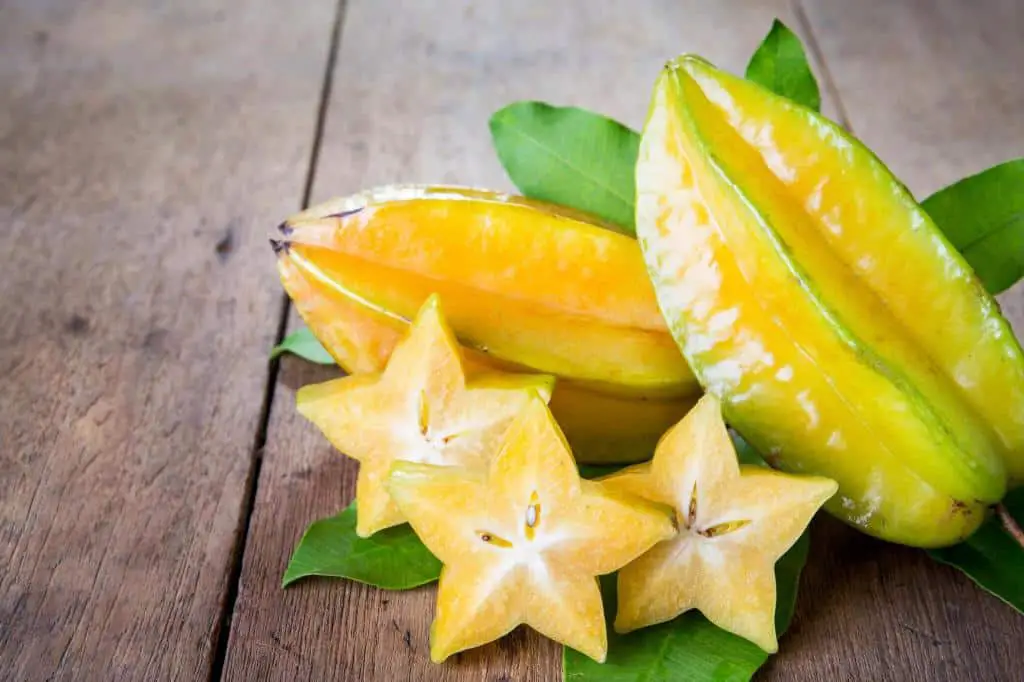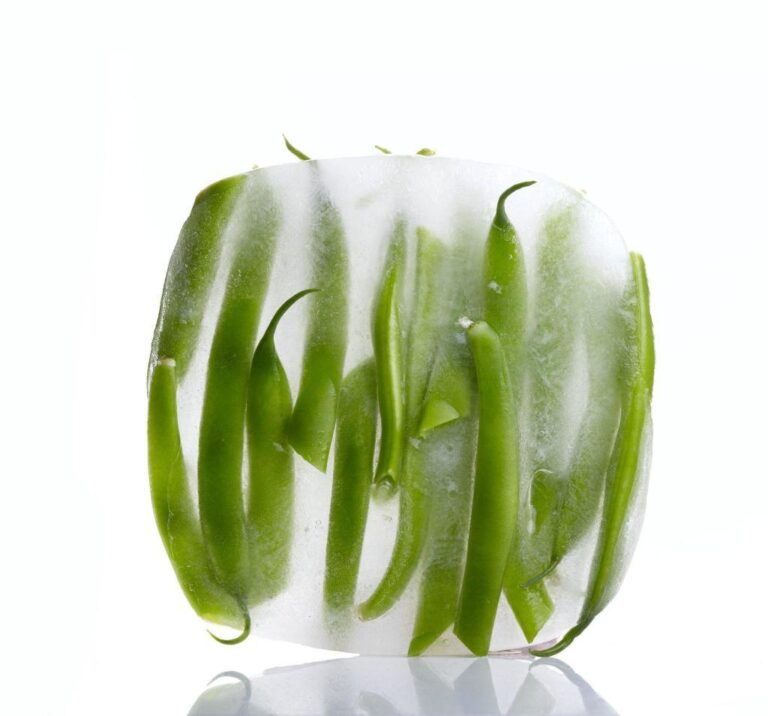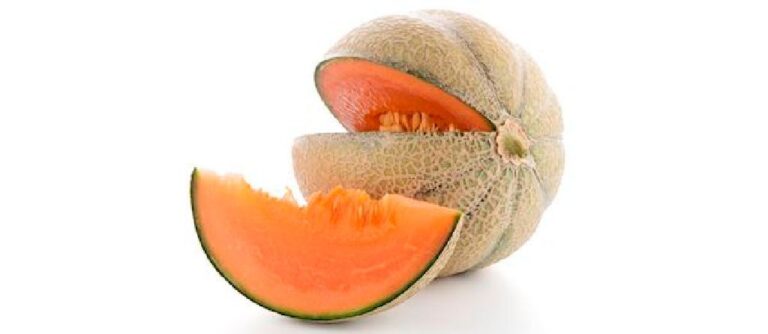Why Is Star Fruit So Expensive? Unveiling the Cost Mystery

Step into the fascinating world of star fruit, a tropical gem that graces exotic fruit sections with its enticing presence. Star fruit has a distinctive shape and a tantalizing taste. It has captured the curiosity of food enthusiasts and adventurous consumers. However, amid its allure lies a puzzling enigma – why does this celestial fruit come at such a high cost? The Star Fruit Dilemma unravels the mystery. It invites you to explore the economics woven into every juicy bite.
In this article, we will delve deep into the world of star fruit production and distribution. We will do this to uncover the mysteries behind its high cost. Join us on this journey as we unravel the cost mystery surrounding this celestial fruit!
Join us. We will embark on a voyage through cultivation challenges, supply-demand dynamics, and consumer perceptions. We aim to uncover the hidden truths behind the high price of this exotic food. Come along on this tasty journey. We will decode The Star Fruit Dilemma and explain the fascinating world of food economics, one slice at a time.
Exploring the High Cost of Fruits
Rarity and uniqueness are pivotal factors influencing the high cost of exotic fruits, including star fruit. Consumers see these fruits as premium foods. This is because they are rare and have distinct flavors and look nice.
For example, the durian fruit is from Southeast Asia. It’s known for its strong smell but has a loyal following. They are willing to pay a lot for this exotic experience.
The cherimoya is also known as the “ice cream fruit.” It sells for high prices due to its luscious texture and tropical flavor. Rarity fuels demand and shapes pricing in the exotic fruit market. It explains the cost mystery around star fruit. By understanding this, consumers can appreciate its complexity.
To gain a comprehensive view of star fruit’s cost dilemma, it’s beneficial to consider other high-priced exotic fruits. The Japanese Yubari melon holds a record. It was auctioned at very high prices for its unmatched sweetness and top quality. These traits come from careful cultivation techniques in Hokkaido.
Also, saffron is technically not a fruit. But, it’s highly valued in gastronomy for its aroma and color. It has staggering prices per gram, rivaling those of precious metals.
These examples show how unique traits, scarce demand, and cultural significance shape the luxury produce market. They shed light on the mysterious pricing of star fruit in today’s cooking world.
Why Is Star Fruit So Expensive?

Star fruit, with its distinct shape and vibrant color, holds a mystique that captivates consumers worldwide. But, the mystery of its high cost comes from economic factors. They make it pricy. One major factor influencing the elevated price of star fruit is the cultivation challenges it presents.
Star fruit trees need specific growing conditions. These include well-draining soil and warm climates. These limits the regions where they can grow. This restricted growth area leads to lower supply levels compared to more common fruits, driving up the overall cost.
Star fruit, also known as carambola, can be relatively expensive due to several factors:
- Limited Growing Regions: Star fruit is grown in tropical and subtropical regions. These include Southeast Asia, South America, and the Caribbean. The limited geographic area where it thrives can affect its availability and increase its price in areas where it must be imported.
- Delicate Nature: Star fruit is delicate and can be challenging to transport over long distances without damage. This delicate nature can increase the cost of handling and shipping, contributing to its overall price.
- Seasonality: Like many fruits, star fruit has a specific growing season. When it’s out of season in a particular region, the fruit may need to be imported, which can drive up its price due to transportation and storage costs.
- Labor Costs: Harvesting star fruit can be labor-intensive, as each fruit is typically picked by hand. Labor costs can vary depending on the region and can impact the overall price of the fruit.
- Demand and Popularity: Star fruit is considered exotic in some regions and has gained popularity for its unique shape and taste. Higher demand for this exotic fruit can lead to higher prices, especially in areas where it’s not commonly grown.
Overall, limited growing regions, delicacy, seasonality, labor costs, and demand all raise the price of star fruit. It’s higher than that of other more common fruits.
How Much Does a Star Fruit Cost?
The cost of a star fruit can vary depending on its quantity, quality, and source. Here are some examples of star fruit prices:
- Foodland: Offers a 0.25-pound pack of local star fruit for an average price of $1.75 per unit, with a member price of $1.50 per unit.
- Tropical Fruit Box: Sells a box of star fruits for $59.00.
- Fruit Hunters: Offers star fruit for pre-order, with shipping details and a note that it cannot be shipped to California.
- Amazon: Sells a 3-pound pack of fresh star fruit (Carambola) for an unknown price, as it is currently out of stock.
Please note that prices may change over time and may vary depending on the location and availability of the fruit.
| Related: Do You Peel Star Fruit Before Eating? |
Unveiling Production Costs of Star Fruit
When it comes to cultivating star fruit, the production costs are no light matter. Producing this exotic fruit demands much investment. It requires labor-intensive practices and meticulous maintenance.
Star fruit is less common than apples or oranges. It needs special growing techniques. These add an extra layer of complexity. For example, star fruit thrives in some regions. Skilled labor is vital there. It’s needed for tasks like proper pruning and pest control. These tasks ensure a good harvest.
The environment is key. It determines the best conditions for star fruit. This tropical gem thrives in warm climates with well-drained soil and consistent moisture levels. But, finding the right balance can be hard. This is true because of unpredictable weather or changing climate. Star fruit is delicate. It needs careful attention and resources to stay fresh. This is unlike bananas or pineapples, which are widely grown.
The journey from farm to table for star fruit reveals the unique challenges faced by its producers. These are unlike those for more familiar fruits. Mass-produced fruits benefit from scale and supply chains. But, star fruit’s limited growing regions and intricate requirements raise its costs. Understanding these details sheds light on why this simple yet fascinating fruit has a high price today.
Production Costs: A study estimated star fruit production costs in Florida. Harvesting and marketing were 76.33% of the total cost. Cultural costs were 14.09%. Fixed costs were 8.88%. Interest on capital was 0.70%.
Market Trends and Price Fluctuations
Star fruit, like many exotic fruits, is not immune to the ebbs and flows of market trends. Seasonal changes have a big impact. They decide the price and availability of this tropical fruit. For example, during peak growing seasons, star fruit thrives in countries like Indonesia and Malaysia. A surplus of fruit may lead to lower prices for consumers. Off-season scarcity is the cause. It’s due to weather or unforeseen events. It can cause a spike in prices. This makes star fruit a luxury item.
Historical data provides insight into the price changes. They show the fluctuations that star fruit has had. In 2019, a cyclone in one of the major cultivating regions led to a sharp decrease in supply, causing prices to soar globally. In subsequent years, new farming techniques were introduced. They helped stabilize production volumes. This led to more consistent prices for consumers. The studies highlight the complex dance. It’s between disruptions to the supply chain and consumer demand. This dance influences the cost of star fruit.
Experts predict that future markets could raise star fruit costs. Climate change continues to affect farms worldwide. Growers may face new challenges in maintaining ideal conditions for growing star fruit.
Also, changing consumer preferences could drive up costs. Consumers want sustainable and ethically sourced produce. So, producers invest in eco-friendly practices. Understanding these shifts can help producers and consumers navigate the changing economics of exotic fruit.
Sustainability Practices in Star Fruit Cultivation
Farmers are increasingly addressing the sustainability of star fruit cultivation. They are turning to eco-friendly practices. These practices reduce costs and uphold quality standards for the fruit. Some new methods include integrated pest management systems. They use fewer pesticides and promote natural pest predators.
By using such sustainable farming techniques, growers can improve their crops’ health. They can also reduce their environmental impact.
To make exotic fruits like star fruit more accessible without sacrificing ethics, some farms have adopted agroforestry. In agroforestry, diverse crops are grown with star fruit trees. This approach enriches biodiversity. It also makes a more sustainable ecosystem for growing star fruits. Also, fair trade initiatives ensure that farmers are paid fairly for their produce. They encourage ethical and clear supply chains.
Today, consumers care more about supporting sustainable agriculture and ethical farming. They care when making purchases, especially for premium-priced products like star fruit. People want to support ethical food communities. They also want to help the planet. This is driving the trend to buy from eco-friendly sources.
Consumers are learning about the impact of their choices on the environment and society. They want sustainably grown products like star fruit. So, there is a growing demand for them.






